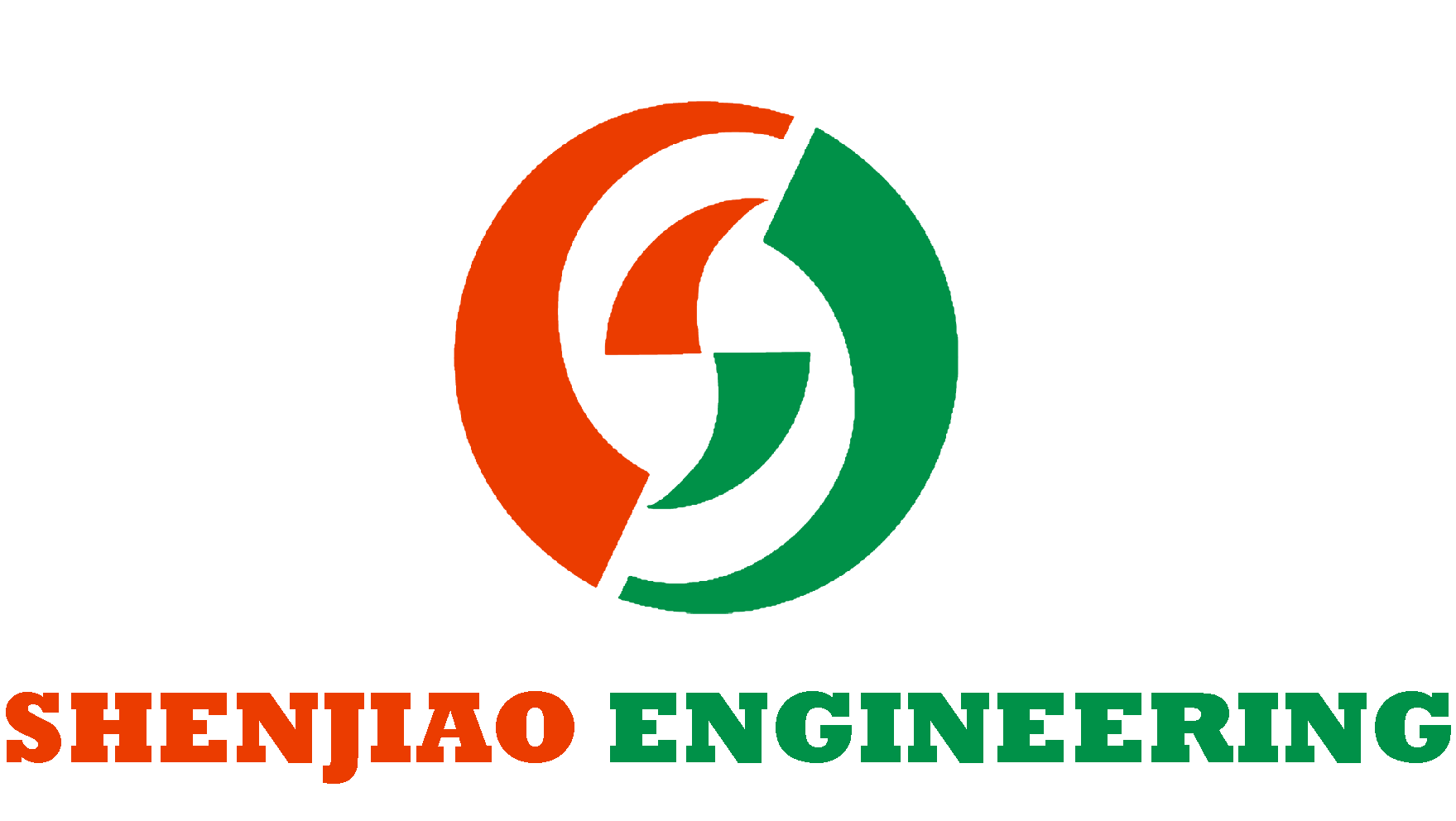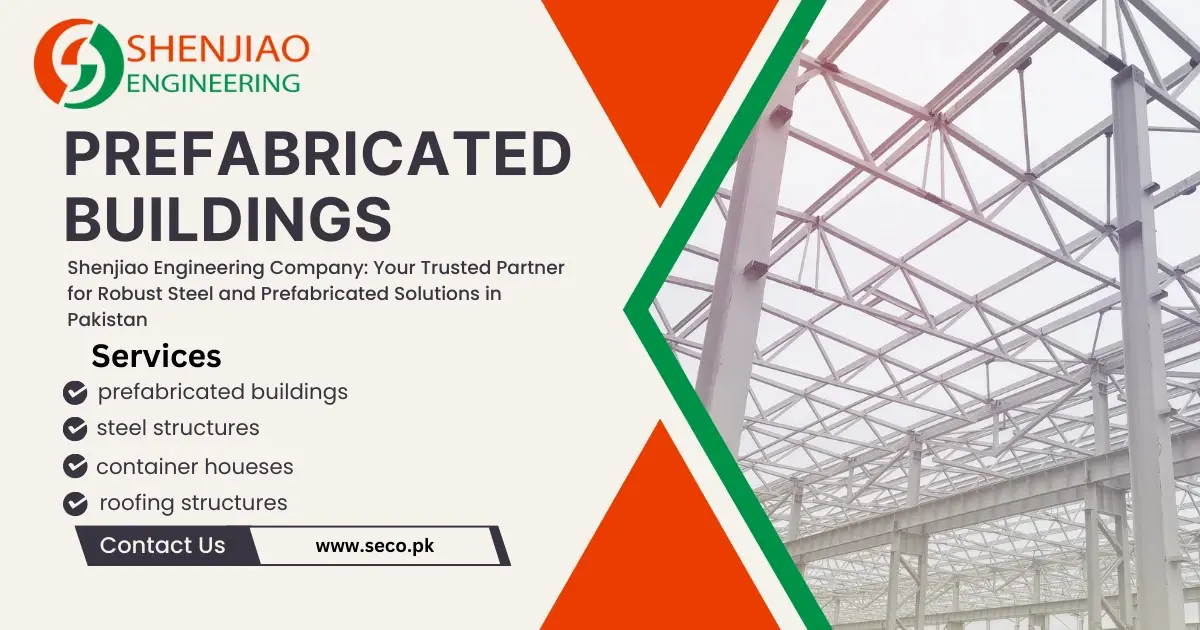What Are Prefabricated Buildings?
The Prefabricated Buildings, also referred to as prefabs buildings, constructed on-site in a controlled manufacturing environment before being transported to the site of construction to be assembled. This differs from traditional construction, in which construction is done on-site. Prefabrication covers a range of kinds of buildings, from homes for residential use to industrial buildings and commercial offices.
Benefits of Prefabricated Buildings
Efficiency and Speed
One of the main advantages of prefabricated structures is the drastically shorter construction times. Since the components are produced in a factory setting, site preparation is happening simultaneously, and projects could be finished in just a fraction of the time needed to construct traditional structures. This is especially beneficial when it comes to commercial projects that have tight deadlines.
Cost-Effectiveness
Prefabricated buildings typically are less expensive than traditional structures because of the efficiency of production and lower cost of labor. The controlled environment in factories reduces waste and increases precision and efficiency, which can result in lower cost overall. If you’re looking for a Cheapest Prefabricated House, prefabs are a cost-effective option without sacrificing quality.
Sustainability
The environment’s sustainability is a significant benefit of prefabricated structures. The factory-controlled construction reduces pollution and waste and permits better recycling of the materials. Furthermore, many prefab companies use eco-friendly materials and have energy-efficient designs, making the choice greener for eco-conscious consumers.
Quality Control
Buildings in a controlled setting provide a greater degree of quality assurance. The weather conditions and other variables on site that can impact conventional construction are remove, resulting in more precise construction components. Prefab structures undergo stringent tests and inspections to comply with industry standards, which ensures long-term durability and endurance.
Design Flexibility
Contrary to the belief that prefabricated buildings are not flexible in design, Modern prefabs can offer an extensive array of customization options. From modern Manufactured Modern Homes to traditional designs, prefab structures are designed to meet various aesthetic and functional needs. Modern manufacturing techniques permit intricate architectural details and creative designs.
Types of Prefabricated Buildings
Modular Buildings
Modular structures are built from modular sections or modules that are brought to the construction site and assembled. The modules are complete, including walls and ceilings, floors, and interior fixtures. Modular construction can be highly flexible and is suitable for commercial, residential, and industrial purposes.
Panelized Buildings
Panelized construction is the process of making walls, roof trusses, and flooring systems in a factory and then assembling them on-site. This technique allows for greater design flexibility and is typically employe in homes construct for residential use. Panelized homes provide the perfect balanced blend of manufacturing efficiency and customization on-site.
Manufactured Homes
Manufactured houses, also called mobile homes, can be constructed on a sturdy chassis and delivered to the site as an entire unit. These homes are designed according to certain specifications and guidelines and are ideal for those looking for low-cost housing. Prefab House Manufacturers offer various sizes and designs to cater to various needs.
Prefabricated Shelters
Shelters made of prefabricated materials are either temporary or semi-permanent structures that are utilize in emergencies, construction sites, and remote areas. They are designed to be quickly deployed and impart immediate shelter, medical facilities, and other options. Prefabricated Shelters Manufacturers specialize in the design of durable portable shelters that can meet particular needs.
The Prefabrication Process
Understanding the prefabrication process aids in recognizing the efficiency and accuracy of creating these structures. It can be divide into several crucial steps:
Design and Planning
The process starts with a precise plan and design. Engineers and architects work together to develop specifications and blueprints that satisfy the client’s requirements. Modern software is utilize to create 3D designs and simulations. Which ensure accuracy and practicality.
Manufacturing
When the design has been finalize, manufacturing can begin in a controlled factory. Expertly trained workers use advanced machinery to cut, form, and assemble the building components. This phase includes quality checks and inspections that ensure that each piece of equipment meets the industry standards.
Transportation
Following the manufacturing process, the building materials are carefully package before being transport to the construction site. The transportation logistics are carefully plan to prevent damage and warrant timely delivery.
On-Site Assembly
When they arrive at the location, the prefabricated parts will be construct by skilled contractors. This process involves connecting sections, locking panels, and integrating electrical wiring and plumbing systems. On-site assembly can be faster and more effective than conventional construction methods.
Choosing the Right Prefabricated Building Manufacturer
Choosing Shenjiao Engineering Company as your Prefabricated Buildings supplier will assure top quality, customization and sustainable development. With years of experience and an excellent name, Shenjiao offers a comprehensive variety of services, from design and construction to assembly on-site. Their dedication to together top-quality, environmentally friendly materials will assure long-lasting, ecologically responsible constructions. Choose Shenjiao to enjoy a seamless, efficient, and efficient building experience designed to meet your desires and requirements.
Experience and Reputation
Select the company with solid prove and excellent customer reviews. Established businesses are more likely to have the knowledge and resources to build quality structures.
Customization Options
Find a company that provides various options for design and customizing features. This ensures your final item perfectly fits your requirements and preferences.
Quality Assurance
Check if the manufacturer follows strict quality control standards and utilizes quality materials. Then, check their inspection process and certificates to prove their commitment to high quality.
Sustainability Practices
If sustainability in the environment concerns you, then inquire about the company’s environmental methods. Choose companies that make use of environmentally friendly materials and employ energy-efficient designs.
Comprehensive Services
Choose a manufacturer that can deliver complete services from start to finish, including design manufacturing, transportation, and assembly on-site. Complete services simplify the process and eliminate the need to hire different contractors.
Conclusion
Prefabricated structures are a contemporary efficient, sustainable, and energy-efficient way of building. No matter if you’re in the market for commercial buildings, residential homes, or emergency shelters, the advantages of prefabrication are apparent. For those looking to find Prefab Contractors near Me, Shenjiao Engineering Company offers an array of solutions that can meet the needs for prefabrication.
When you choose prefabricated structures, you’re investing in a quality, affordable structure but making a contribution to an eco-friendly and sustainable future of construction. Explore the possibilities Shenjiao Engineering Company offers and how prefabrication can change your construction projects.



